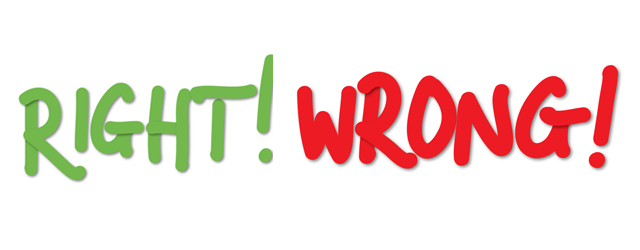
What I Did Wrong and What I Did Right
I know that in my meet write-up I said that I would make some videos talking about this, but come on, did you really think I would go through with that? I chickened out, because no one needs to hear my munchkin voice. I think I sound like the Undertaker in the movie Suburban Commando. You know the part when he says, "You're a dead man, Ramsey" in that little elf voice? That's how I think I sound to people - haha. So, I will just stick with writing out my thoughts.
I will start with the things that went right for this training cycle.
When I started training for this meet, I had a couple goals in mind. I wanted to lose weight (come in closer to 275 pounds) and I had to address a problem I was having with falling forward on the squats and deadlifts. It feels great making a plan and actually having it work out.
Weight
In the past three meets, I started training around 275 pounds and when it came to weigh-ins, I was in the 290's (296 at my heaviest). I needed to take drastic measures to make weight. The extreme dehydration had a huge affect on me when the meet came around. Also, my gear fit when I weighed between 275 and 280, so when I tried to compete at 290, my gear was way too tight. My plan was to start my training as close to 260 as I could get and hopefully, when meet time came around, I'd be around 275/280. I started out taking Roxy-Lean from BPI and hitting two-a-days cardio sessions. My cardio was very low intensity. It was mostly the elliptical at the lowest setting. I stuck to mainly a bodybuilding type of diet. I ate mainly cod, ground venison, eggs, chicken breast, brown rice and green beans. I made sure to eat every two hours and drink plenty of water. In a month and a half I was able to drop from 285 to 262. Surprisingly, my strength wasn't affected a whole lot. When the weights got heavier, I just added more calories via anything I could grab and eventually the last three to four weeks of the cycle I was eating the normal "craptastic" powerlifter diet again. I got the meet the night before the weigh-ins and I was 283. It was an easy cut to 275 without extreme dehydration. Success!
Falling forward
During the last two meets, I had a lot of problems with losing my balance and falling forward in the squat and deadlift. I was stumped, there was no pain and I wasn't dizzy, so I figured there must be a weakness somewhere. Chuck V. has always been a hero of mine in powerlifting. His strength is inhuman. I saw him fall forward on so many over 1100 squats and good mornings, but get back up and smoke it. I knew I had to do whatever he was doing in training. Chuck sometimes uses "out of position" training. He performs squats, good mornings, deadlifts, or rack pulls with some sort of force pulling him forward. One of the main exercises I incorporated was what I called Vogel-pullz. I did deadlifts and rack pulls with a safety squat bar on my back. The bar, for the most part, will stay on your back without even touching it. The bar pulls you down and forward, putting a lot of stress towards the top of your back. It really makes you fight to stay upright and keep from falling forward. Doing this alone would be hard, but I combined them with rack pulls making the lift extremely hard. You can't really use a lot of weight on either bar. You have to focus and stay very tight to keep yourself from just collapsing. The next lift I stole from my elitefts™ teammate Zane Geeting. We put a bench in front of the deadlift platform and hooked a mini-band to the bottom of the bench. We then wrapped the other end around the back of our necks. The band would constantly pull us down and forward. We mostly did rack pulls with the band around our necks. I quit doing these assistance lifts about a month and half out from the meet. When I powerlift in full-gear and squat in training and in the meet I didn't have one issue falling forward on either the squat or deadlift. I almost hit a 20-pound PR on the squat and a 10-pound PR on the deadlift. My squat had a lot left in the tank, but the deadlifts were tapped out - haha. But now the question is, do I continue to add out-of-position training, or leave it until there is a problem? I will have to ask around and see what others think because I really don't know.
These were two main problems that I was having and I was able to remedy them. It felt pretty damn good to see a problem, assess it, and solve it. There are other things that I did right as well that I will at a later point.








